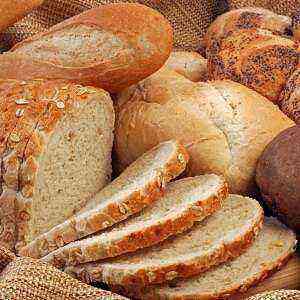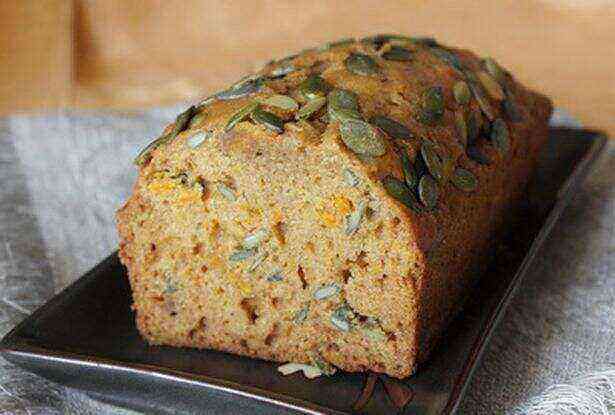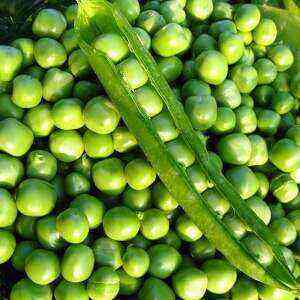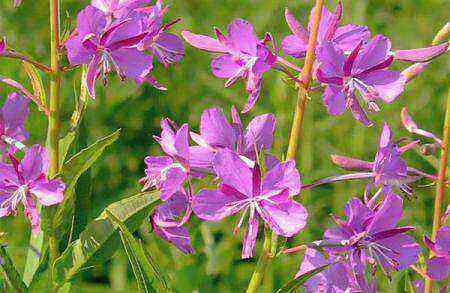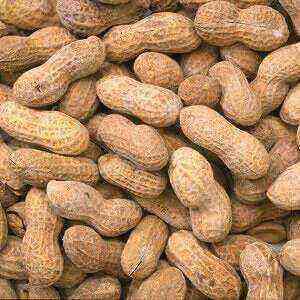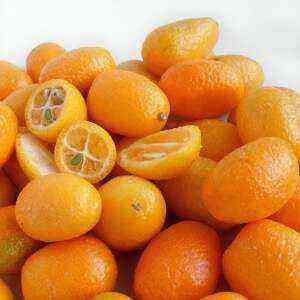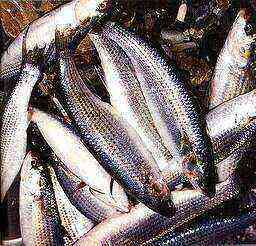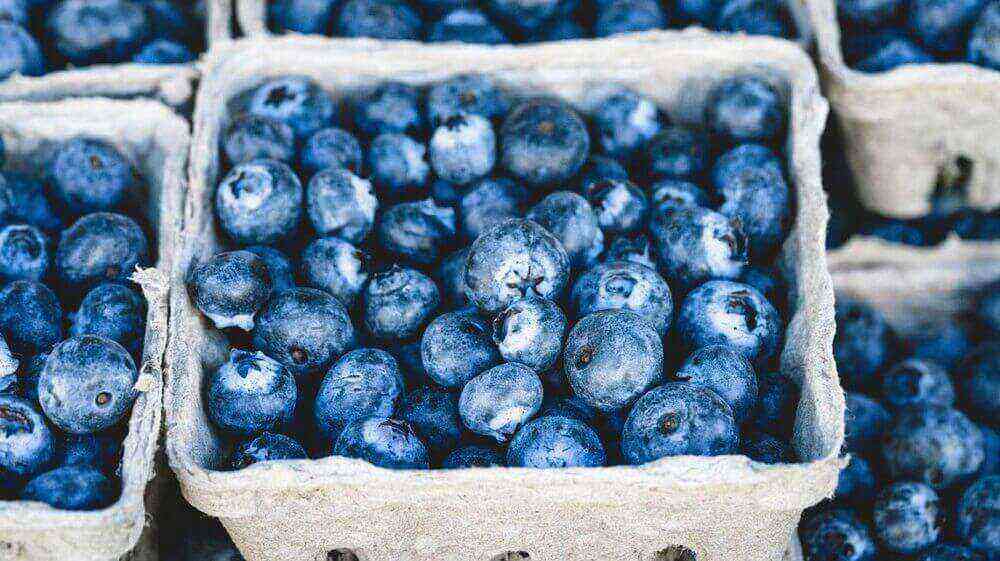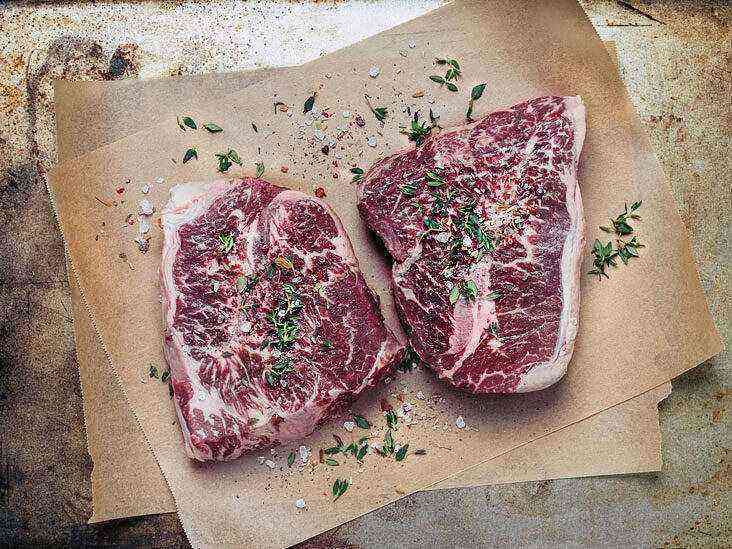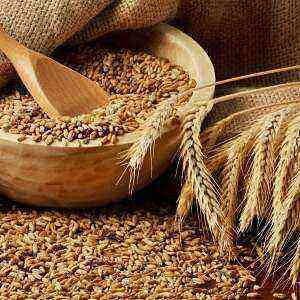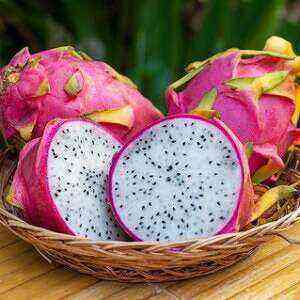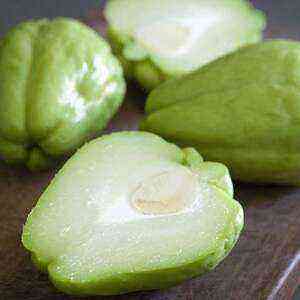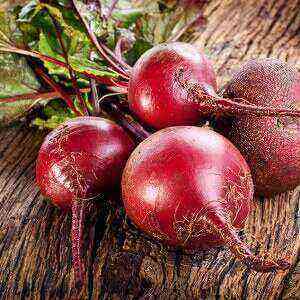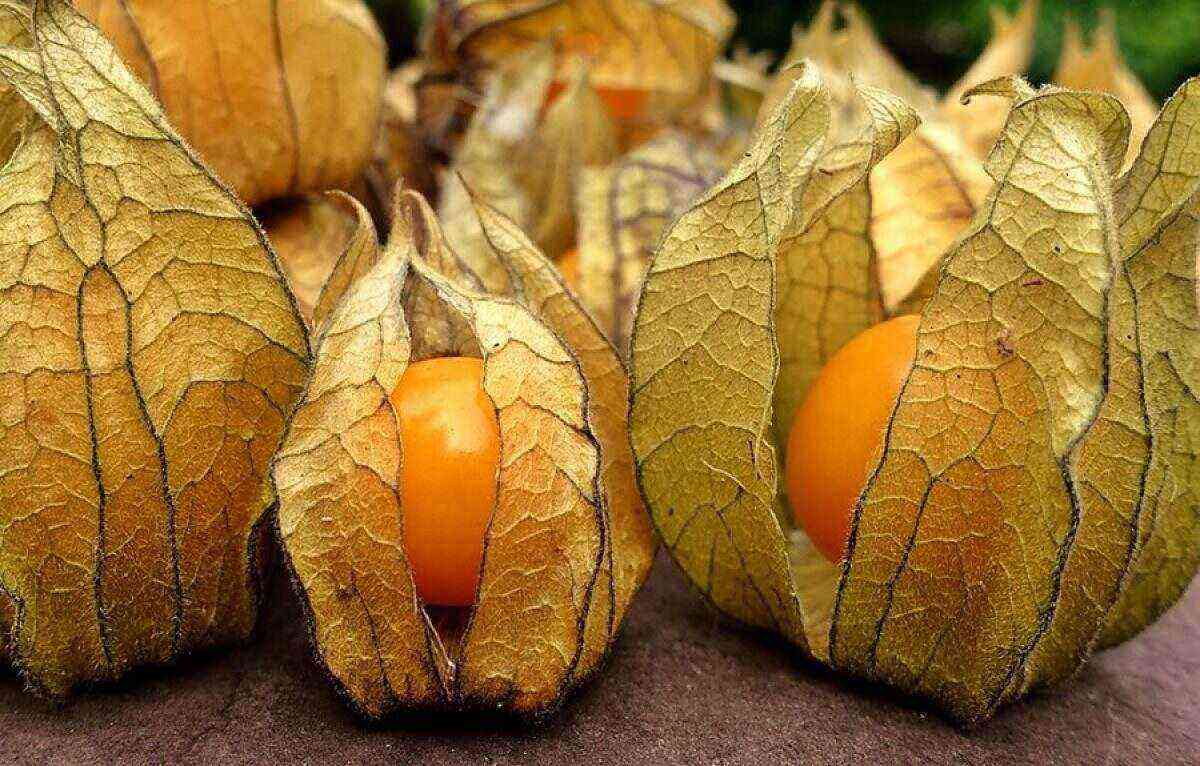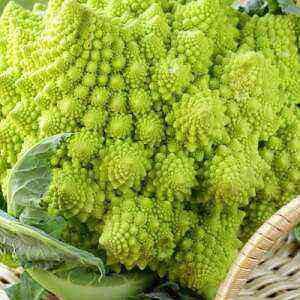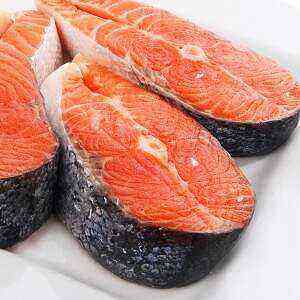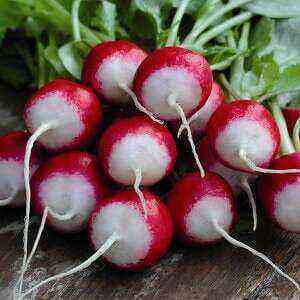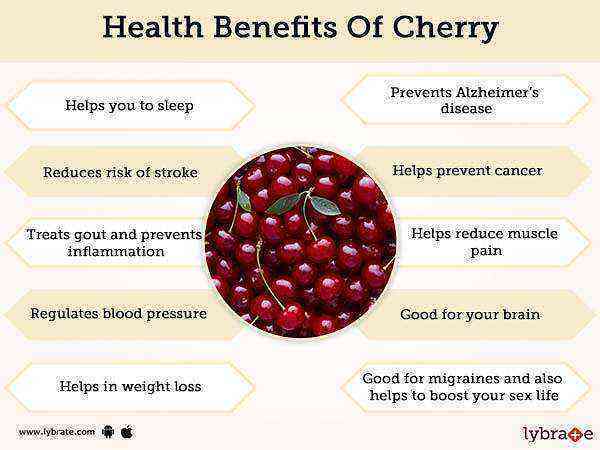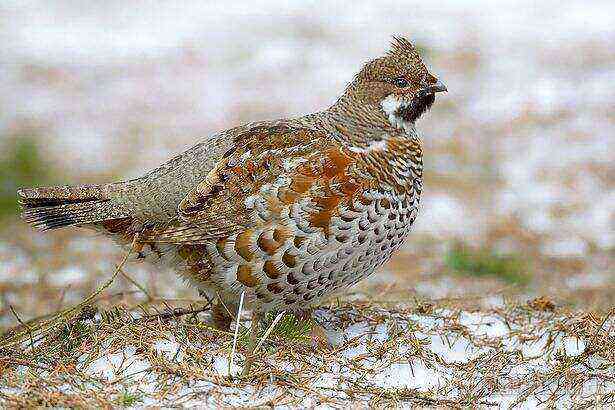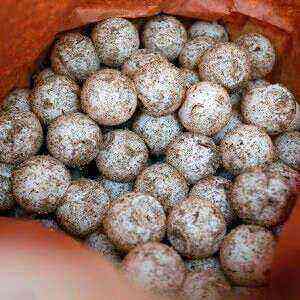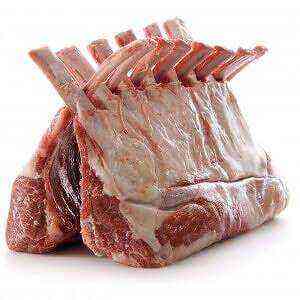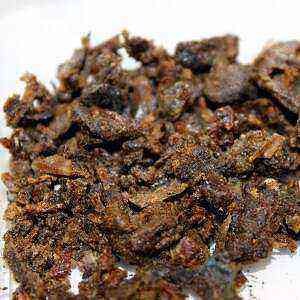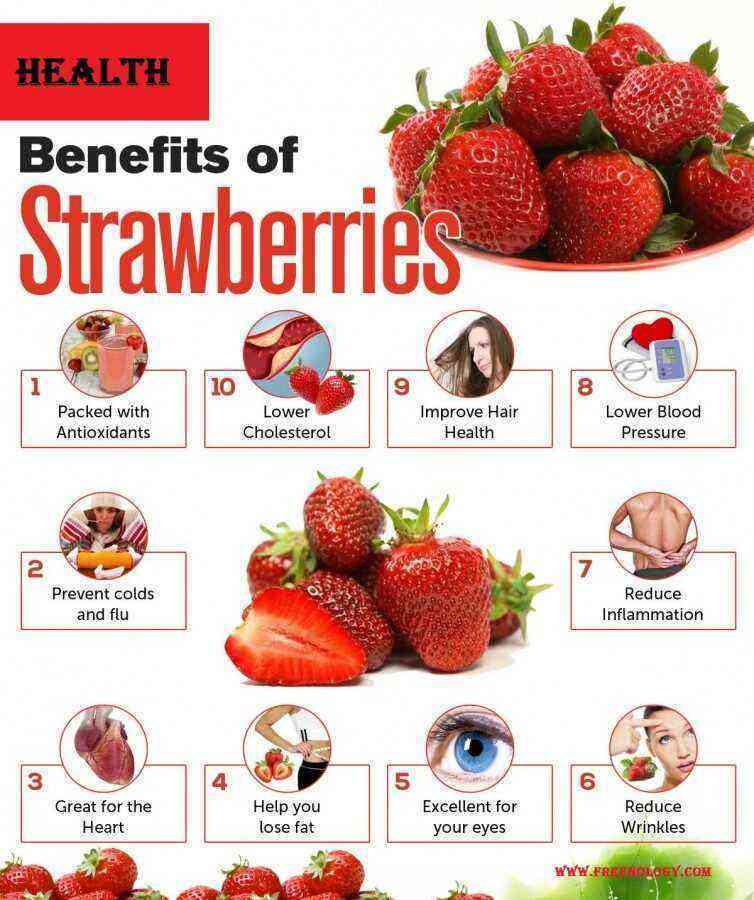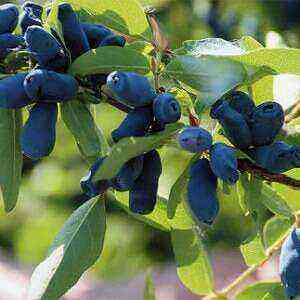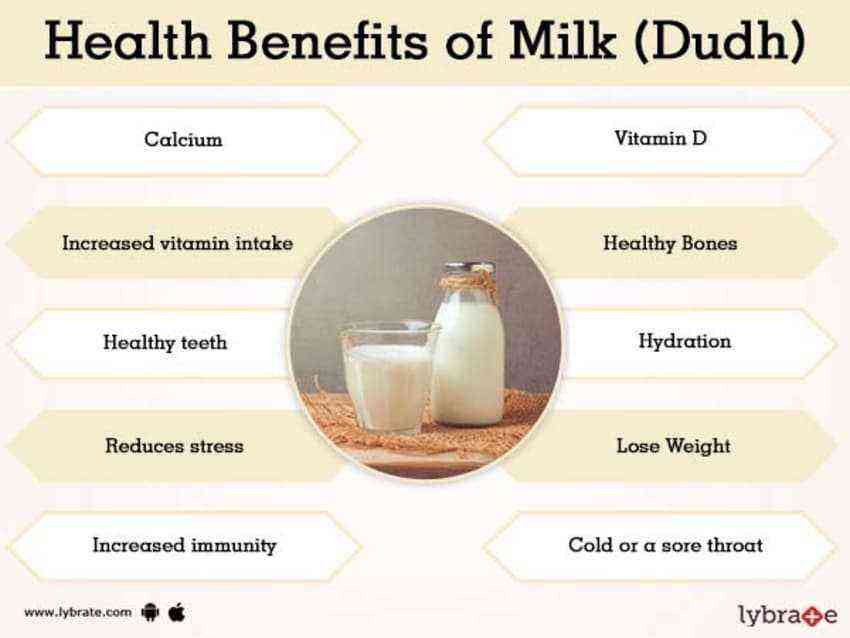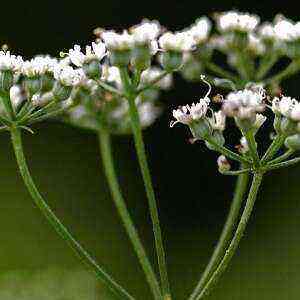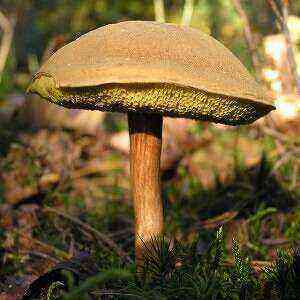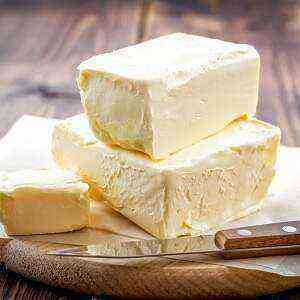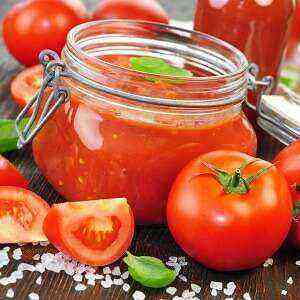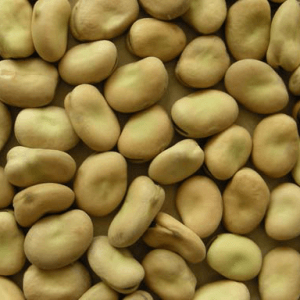
Ancient food
Before spreading through the territory of Western Europe, beans for almost 8 thousand years grew in the Middle East. Active cultivation of the plant began around 6800-6500 BC. It is considered one of the oldest plants grown in ancient Greece and Rome.
Archaeologists find fossilized beans in the layers of the Bronze Age. The mention of this vegetable is in the Bible. At the time of Solomon, Palestinians massively grew beans for food. But in ancient Egypt, because of the black and white color of flowers, the plant was treated with superstition and fear. It was believed that the souls of the dead “live” in these flowers. According to some reports, in ancient times, bean porridge was a traditional dish at the wake.
The ancient Greeks and Romans knew this vegetable and willingly consumed its fruits, and in hungry times they used bean flour. But they did not forget to “appease” the gods, sacrificing them in the form of bean porridge. In some religious rites, the ancient priests used bean jelly. But there is a legend according to which Pythagoras and some representatives of the ancient Greek nobility categorically refused beans, as food that could blunt a thought and cause insomnia. Meanwhile, another well-known Greek Dioscorides used beans boiled in vinegar as a medicine against dysentery and other intestinal diseases. There is information that the legumes were used by the ancients to treat nausea, honey cakes helped against abscesses, and the infusion of chopped fruits was used to combat cataracts.
At all times, this plant was also revered in modern Germany, where the custom to bake a pie with bean hidden in pastry for the New Year is still preserved: whoever gets a piece of vegetable will be the “king” of the evening. It is believed that Charlemagne taught the product of the Franks, who brought plant seeds from the campaign. And the ancient Scandinavians believed that the thunder god Thor, the son of the main deity of Odin, brought beans to the earth.
They read beans in Russia. Mentions of this culture are ancient chronicles. However, with the advent of potatoes, green pods have slightly lost their popularity.
Characteristics of the plant
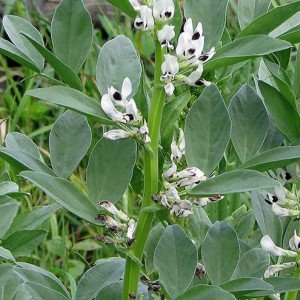
The nutritional value
Beans are a valuable source of protein and fiber. 100 grams of fruits contain 62 kcal, as well as almost 8% of the daily intake of carbohydrates, 1,4% of fats and almost 10% of the recommended daily dose of protein. Beans also serve as an exceptional source of nutrients. A serving of vegetable contains about 9,5% of the required fiber, almost 36% of starch, 19% of iron, 11,5% of manganese, 10,5% of phosphorus, as well as a complex of important vitamins. For example, a 100-gram serving of green beans is about 14,5 percent of the recommended daily intake of folic acid.
Nutrient components (per 100 g of raw product)
Calories 62 kcal Water 83,7 g Proteins 4,8 g Fats 0,5 g Carbohydrates 10,1 g Fiber 3,6 g Iron 1,5 mg Manganese 0,26 mg Phosphorus 73 mg Magnesium 31 mg Copper 0,06 mg Zinc 0,5 mg Potassium 193 mg Sodium 41 mg Selenium 1 μg Calcium 18 mg Folic acid 58 μg Vitamin B1 0,13 mg Vitamin B2 0,09 mg Vitamin B3 1,2 mg Vitamin B5 0,07 mg Vitamin B6 0,03 mg Vitamin C 19,8 mg Vitamin A 14 μg Saturated fatty acids 0,14 g Polyunsaturated fatty acids 0,3 g Monounsaturated fatty acids 0,02 g
Benefit for health
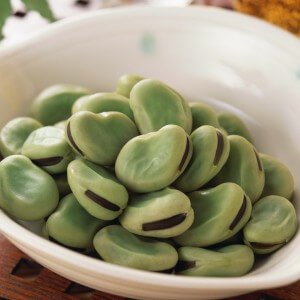
Increased immunity
Vitamin C (found in beans) promotes the production of white blood cells – white blood cells (protect the body from free radicals), as well as immune cells. Ascorbic acid is an antioxidant that prevents oxidative processes and promotes leukocyte activity.
In addition, it is well known that this acidic vitamin counteracts colds, helps prevent the disease.
Anemia prevention
Anemia, or as it is also called – anemia, is the result of low hemoglobin and a lack of red blood cells. This leads to a deterioration of the brain, a decrease in immunity, general weakness. According to researchers, in almost half of cases, anemia occurs due to a lack of iron in the diet. Beans (100 g) supply about one and a half grams of this mineral, which is a good indicator.
Prevents cancer
One of the causes of cancer, scientists call DNA damage. Vitamin B9 (folic acid) prevents this process and strengthens DNA. Low levels of vitamin B9 increase the risk of breast cancer, cervix, colon, lung, and malignant tumors in the brain tissue. Since beans provide a sufficient amount of folic acid, they should be included in the diet.
“War” with free radicals
Manganese, which has antioxidant properties, helps remove free radicals from the body. For this reason, adding manganese-containing foods (such as beans) to your diet helps prevent many serious illnesses.
Osteoporosis protection
The composition of beans includes minerals that contribute to the compaction of bone tissue. Thus, these green vegetables are an excellent remedy for osteoarthritis, osteoporosis and other bone diseases.
Improves sleep
Tryptophan, which is present in beans, has a sedative effect, helps to ensure good sleep. Also, this substance is useful as a means for general strengthening of the body, improving memory, getting rid of depression.
Eye health
Studies have shown that thiamine (vitamin B1) has the ability to prevent disturbances in the eye, and serves as a preventive measure for cataracts and glaucoma. This effect is achieved as a result of the effect of vitamin on nerve endings, which are important for the exchange of impulses between the brain and eyes. In a portion of beans there is at least 10 percent of the daily intake of thiamine.
Caries Remedy

No strokes!
Studies show that people who have enough vitamin C in their bodies are 42 percent less at risk for stroke. Adding vegetables and fruits rich in ascorbic acid to the diet will reduce the chances of illness. Beans are great for this.
Brain performance
Brain activity is directly dependent on the amount of oxygen supplied to the cells. Lack of iron leads to a deterioration in the transport of oxygen throughout the body. As a result, activity decreases, memory deteriorates, and apathy appears. People whose brains don’t get enough O2are usually restless, irritable, inattentive. Beans included in the diet will help restore a healthy state.
High Cholesterol Remedy
Nutritionists have calculated: it’s enough to consume 100-150 g of beans daily to lower cholesterol. Experiments have shown that a noticeable improvement occurs after 2 weeks of such treatment.
Side effects
In addition to a long list of benefits, beans also have some side effects on the human body.

Beans also contain a large amount of complex carbohydrates, in particular fiber. Therefore, excessive consumption of the product can cause constipation and other disorders during the digestion of food. This vegetable is rich in tyramine, which should not be consumed by people taking monoamine oxidase inhibitors. In addition, it is worth knowing that levodopa, contained in beans, affects the body’s ability to absorb vitamin B6. Meanwhile, vegetables can cause a vitamin deficiency only after regular consumption in extremely large portions. Also, these green pods are undesirable for gout, colic, inflammation of the intestines, flatulence (exacerbates bloating).
And it is strictly forbidden to eat raw fruits – they contain toxic substances that are destroyed only after heat treatment.
Beans as a food
As food, not only the fruits of beans are suitable. Health benefits include:
fresh bean fruits (boiled or steamed);
- the upper part of young shoots (steamed);
- “Milk” beans (consumed with a pod);
- ripe fruits (dried, canned, boiled);
- bean flour;
- roasted beans (as a substitute for coffee).
In addition, beans are excellent in soups, stews, poultry, lamb, and seafood dishes. They can be either an independent dish or a component of a more complex recipe.
For example, in North Africa and the Middle East, beans are served with a traditional couscous. In Egypt, mashed beans and green parsley used to eat with bread. Bean stews are a traditional breakfast for Moroccans.
How to cook beans
As a rule, these fruits are boiled in large quantities of water (about 3 times the amount of vegetables) without salt and other spices. Full readiness is achieved in one and a half to two hours.
You can speed up the cooking time by pre-soaking the grains in cold water for at least 4 hours.
Medicinal properties
In folk medicine, beans are often used as a medicine with a wide range of effects on the body. Dishes from this vegetable are useful for people with:
- diabetes;
- avitaminosis;
- obesity;
- kidney dysfunction;
- impaired liver function.
Beans are useful for hard mental and physical work. They have diuretic, choleretic, astringent, anti-inflammatory properties. Remove toxins, salts of heavy metals from the body. A decoction of young shoots is useful in dropsy.
 Broth for cleansing the body
Broth for cleansing the body
Pour two cups of boiling water to 2 tablespoons of beans, steam for about 10 minutes. Divide the cooled drink into 4 servings and drink throughout the day.
The cure for uterine fibroids
For this medicine, you need fried and ground beans in a coffee grinder. Brew according to the principle of regular coffee. Drink 1 coffee cup after meals.
Infusion for skin cleansing
1 tablespoon of bean flowers pour a glass of boiling water. Insist for at least 2 hours. Strain. Use to wipe problem skin.
Remedy for boils
Boil the beans in milk, grind into gruel. Such vegetable compresses are useful for boils, abscesses, vitiligo.
Other Bean Benefits
Beans, in particular small seeds, are a valuable forage crop. Grain and green mass are used as highly nutritious pet food. In addition, the plant is used as a valuable fertilizer for “poor” soil. Green grass fertilizer perfectly enriches the soil with nitrogen (no worse than manure). Also, the rows of beans in the gardens serve as a “backstage” from drafts for thermophilic plants.
In addition, this plant is used to increase the concentration of protein in potatoes. For this, legumes are planted as a seal between the rows of potatoes. They will give a similar effect when planting along the edges of beds with rutabaga and late cabbage.
Beans in many countries are called the food of the gods. These fruits brought gifts to the gods, they were saved in the hungry years. Even today they occupy an important place in different cuisines of the world, and folk healers continue to treat many diseases with beans.
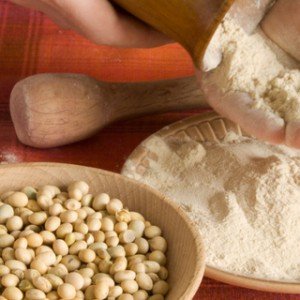 fresh bean fruits (boiled or steamed);
fresh bean fruits (boiled or steamed);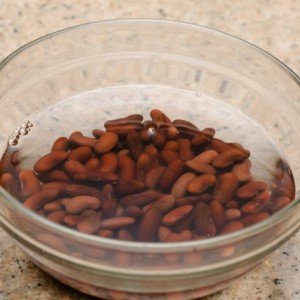 Broth for cleansing the body
Broth for cleansing the body